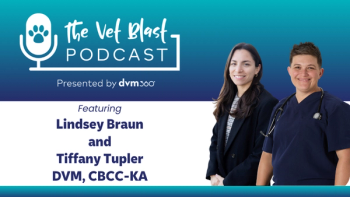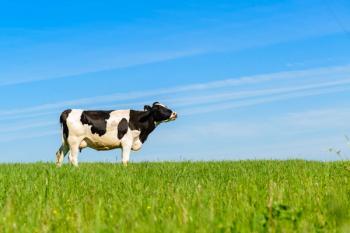
Decellularized Plants Show Potential as Tissue Engineering Scaffolds
In a great example of the “cross-kingdom” concept in action, decellularized plants have demonstrated potential as an environmentally friendly alternative to tissue engineering scaffolds.
A study recently published in Biomaterials demonstrated the potential of decellularized plants to serve as an environmentally friendly, cost-effective alternative to tissue engineering scaffolds. Study results suggest that plant decellularization for scaffolding “has the potential to develop into a ‘green’ solution pertinent to a myriad of regenerative medicine applications,” wrote the authors.
The availability of organs and tissues for transplantation falls far short of demand. Although tissue engineering has made progress in addressing this shortage, its clinical usefulness has been stymied by the lack of adequate vascularization in tissue grafts; attempts to engineer microvasculature have had limited success.
Decellularizing a tissue or organ, then recellularizing it with a patient’s own cells, holds promise for creating clinically useful tissue grafts. Because decellularized mammalian tissue is scarce and expensive, the cross-kingdom concept, particularly between the plant and animal kingdoms, is being considered in tissue engineering. Importantly, plant and animal vasculature are surprisingly similar, particularly regarding branching vasculature.
For this study, the authors decellularized several plants. Spinach and parsley leaves underwent perfusion-based decellularization, in which authors cannulated the spinach petioles and parsley stems to perfuse decellularization solutions. Artemisia annua leaves and peanut hairy roots were immersed in the solutions. The authors then performed a series of tests on the decellularized spinach leaves. (Spinach leaves were chosen because of their availability, vasculature, and ease of cannulation.)
Results
Decellularization
Each plant was decellularized successfully, suggesting that a variety of plants could be used as tissue scaffolds. Decellularization was confirmed using histology, which demonstrated chloroplast loss. It was also confirmed through DNA and protein quantification; DNA and protein amounts were significantly lower in decellularized plants than in their normal counterparts.
Mechanical Integrity
Tensile strength and strain at failure were significantly lower in decellularized plants than in their normal counterparts, indicating a loss of mechanical integrity with decellularization.
Vascular Patency
Vascular patency was evaluated first by perfusing a red stain through the vasculature. Only minor leakage was observed, indicating relatively intact vasculature.
Fluorescent microspheres 1 to 100 µm in diameter were then perfused injectedto evaluate the vasculature’s ability to support blood flow; the average red blood cell diameter is 6 to 8 µm. All microspheres 1 to 10 µm in diameter flowed freely through the vasculature, while the larger microspheres became entrapped.
Recellularization
The authors seeded human umbilical vein endothelial cells (HUVECs) into the leaf vasculature and human mesenchymal stem cells (hMSCs) onto the surface of decellularized leaves. Confocal microscopy confirmed successful recellularization 24 hours after seeding.
Notably, HUVECs remained viable after being seeded. In addition, hMSCs were seeded successfully onto decellularized parsley stems, demonstrating the potential of 3-dimensional plant surfaces as tissue scaffolds.
Functionality of Seeded Cells
To evaluate cell functionality following recellularization, the authors seeded human pluripotent stem cell—derived cardiomyocytes (hPS-CMs) onto the surface of decellularized leaves. hPS-CMs formed clusters and began contracting spontaneously 5 days after being seeded. Contractility increased, plateaued, then decreased over the course of 21 days following seeding.
The cells’ ability to retain their calcium-handling capabilities was confirmed through the observation of GCaMP3 fluorescence in the cells, indicating an influx of calcium during contraction.
Future Studies and Conclusions
Even with the current study’s successes, the authors believe more research is needed before decellularized plants become clinically applicable. Future study ideas include:
- Addressing lack of outflow in plant vasculature
- Evaluating immune response to decellularized plant scaffolds
- Determining plant tissue suitability for different scaffolding needs (eg, cylindric hollow plant stems for arterial grafts)
Taken together, the study’s findings demonstrate how decellularized plant tissue can be used as tissue scaffolds, supporting the cross-kingdom concept for addressing challenges in human tissue engineering.
Dr. JoAnna Pendergrass received her Doctor of Veterinary Medicine degree from the Virginia-Maryland College of Veterinary Medicine. Following veterinary school, she completed a postdoctoral fellowship at Emory University’s Yerkes National Primate Research Center. Dr. Pendergrass is the founder and owner of JPen Communications, a medical communications company.
Newsletter
From exam room tips to practice management insights, get trusted veterinary news delivered straight to your inbox—subscribe to dvm360.




